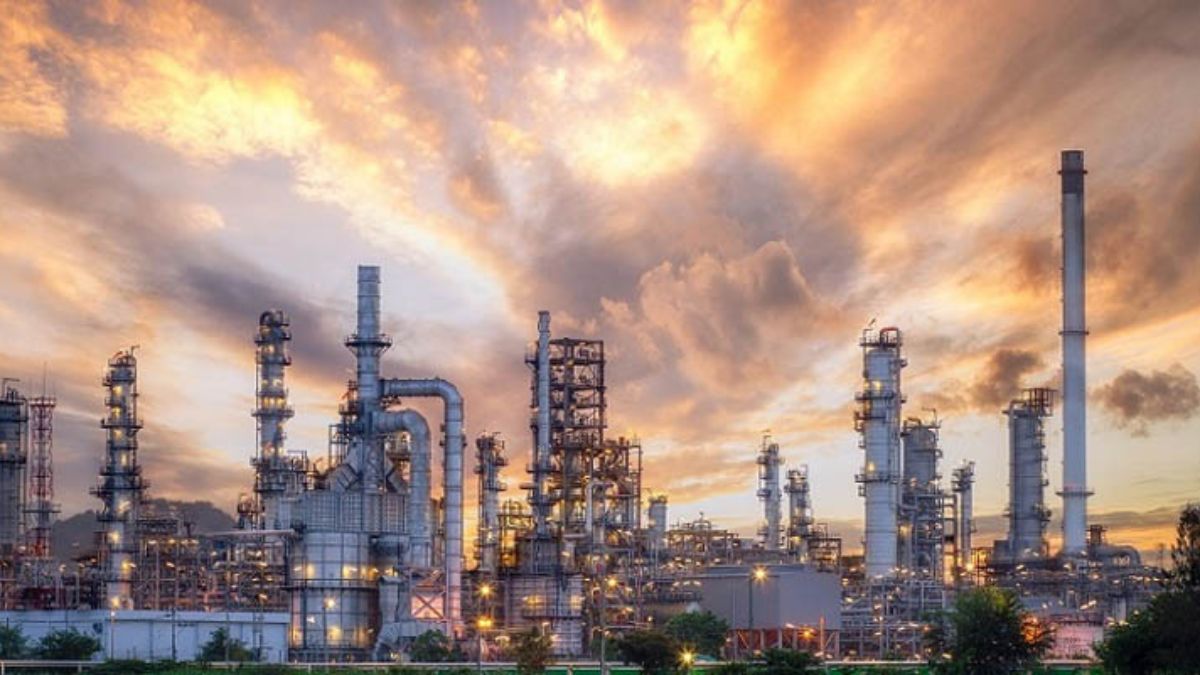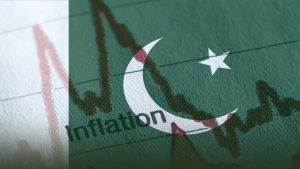Pakistan Refinery Projects the petroleum refining sector in Pakistan is undergoing significant transformation in 2025. Driven by policy reforms and environmental regulations, major local refineries have committed to upgrading their infrastructure to meet Euro-V fuel standards. This comprehensive update covers recent developments, key projects, tax challenges, and future prospects for Pakistan’s refinery industry.
Major Refinery Investment Plan – $6 Billion Commitment
In 2025, Pakistan’s five major refineries—Pakistan Refinery Limited (PRL), Pak-Arab Refinery Limited (PARCO), Attock Refinery Limited (ARL), National Refinery Limited (NRL), and Cnergyico—pledged a combined investment of $6 billion. This investment will support modernization, capacity expansion, and compliance with cleaner fuel standards, particularly Euro-V specifications.
However, the execution of these projects is contingent upon long-pending issues related to sales tax exemptions and policy clarity from the government.
Read More: Largest Oil Refinery in Pakistan – Complete Overview
Taxation & IMF Challenges
Refineries have urged the government to restore a seven-year tax exemption on imports and sales tax adjustments on equipment. Although the government initially supported the cause through pricing adjustments in fuel, the International Monetary Fund (IMF) has rejected permanent tax relief or zero-rated status for imported refinery equipment.
This lack of clarity is a significant bottleneck preventing the $6 billion upgrades from moving forward.
Key Expansion Projects in 2025
| Refinery | Project | Capacity | Investment | Highlights |
|---|---|---|---|---|
| PRL | Refinery Expansion & Upgrade Project (REUP) | 50,000 → 100,000 BPD | $1.7 Billion | FEED completed; EPCF bids received in June 2025 |
| PARCO, ARL, NRL, Cnergyico | Modernization under Oil Refining Policy 2023 | – | ~$4.3 Billion combined | Awaiting tax exemption resolution before moving forward |
Government Policy & Reform Roadmap
The Brownfield Refinery Policy 2023 and the annual plan under FY26 aim to increase refining capacity by 15% by 2027. Key government incentives include:
- Conditional tax benefits
- Import duty relaxation
- Cleaner fuel production (Euro-V)
- Domestic value-addition through propylene and petrochemical production
Despite policy intentions, implementation delays are mainly due to IMF-related fiscal constraints and inter-agency approval lags.
Read More: Firefighting Efforts Underway to Control Massive Blaze Near Karachi Oil Refinery
Summary Table
| Factor | Status |
|---|---|
| Total Investment Planned | $5–6 Billion |
| Main Barrier | Lack of permanent tax clarity |
| Key Project in Progress | PRL REUP ($1.7B) |
| Policy Framework | Brownfield Refining Policy 2023 |
| Capacity Goal | 15% increase by 2027 |
Conclusion
The Pakistan refinery sector in 2025 is at a turning point. With billions of dollars in planned investment, the shift toward cleaner fuels and increased capacity is within reach. However, resolution of tax policy issues, IMF approval, and government commitment will determine whether this industrial transformation is realized in the near future. Keep visitings: Bloom Pakistan
Read More: PRL Restarts Refinery Operations After Temporary Shutdown









